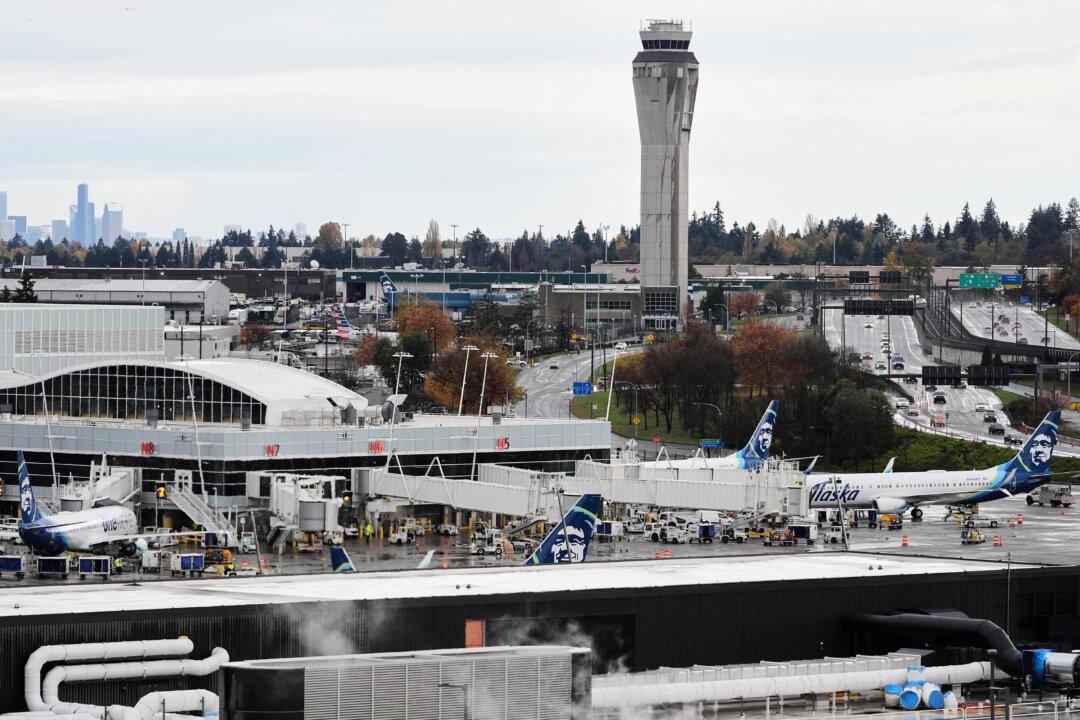JAKARTA, Indonesia—Indonesian navy ships searched Thursday for a submarine that likely sank too deep to retrieve, making survival chances for the 53 people on board slim. Authorities said oxygen in the submarine would run out by early Saturday.
The diesel-powered KRI Nanggala 402 was participating in a training exercise Wednesday when it missed a scheduled reporting call. Officials reported an oil slick and the smell of diesel fuel near the starting position of its last dive, about 60 miles north of the resort island of Bali, though there was no conclusive evidence that they were linked to the submarine.





